Understanding Anti Riot Uniforms
Anti riot uniforms are specialized attire designed for law enforcement and military personnel to provide protection during crowd control and riot situations. These uniforms are a critical component of tactical gear, ensuring safety and functionality for those on the front lines of public safety.
Materials and Construction
The construction of anti riot uniforms involves robust materials capable of withstanding various threats. Typically, these uniforms incorporate reinforced fabrics and padding to protect against impacts, abrasions, and other hazards encountered during riots. The materials are selected for their durability and ability to offer protection without compromising mobility.
Design Features of Anti Riot Gear
The design of riot control gear is focused on strategic protection. This includes features such as adjustable closures, padding in critical areas, and flame-resistant materials. The gear is also designed to accommodate additional protective equipment like helmets and shields, ensuring comprehensive coverage.
Applications and Use Cases
Riot control uniforms are essential for various law enforcement agencies. They are utilized during crowd control operations, public demonstrations, and any situation where civil unrest may present a risk to officers. The adaptability of these uniforms makes them suitable for different climates and conditions.
Advantages of Quality Riot Protection Uniforms
Quality riot protection uniforms offer several advantages. They provide essential protection while maintaining comfort, which is crucial for personnel who may need to wear these uniforms for extended periods. Additionally, the modularity of these uniforms allows for the integration of additional protective elements as needed.
Selection Criteria for Anti Riot Uniforms
When selecting riot gear uniforms, it is important to consider factors such as size, material composition, and the specific needs of the operation. Uniforms should offer a balance of protection and flexibility, allowing for free movement while also safeguarding the wearer from potential threats.












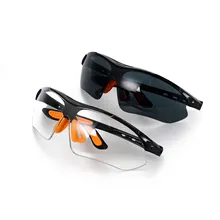






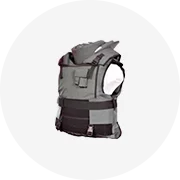
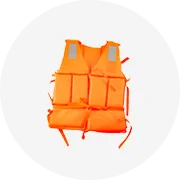
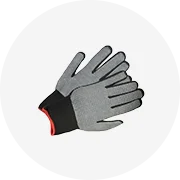
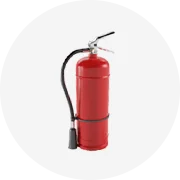
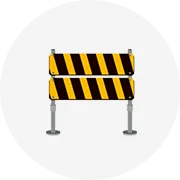








 浙公网安备 33010002000092号
浙公网安备 33010002000092号 浙B2-20120091-4
浙B2-20120091-4